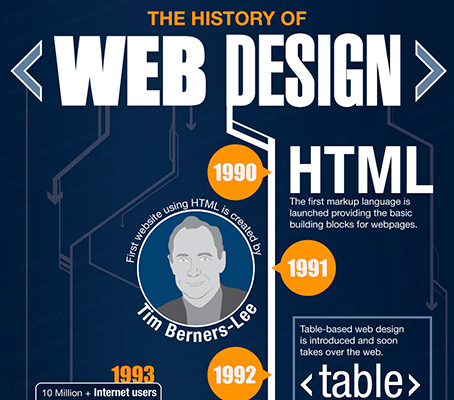Internet Site Design Fundamentals: Tips For Building A User-Friendly Website
Internet Site Design Fundamentals: Tips For Building A User-Friendly Website
Blog Article
Material Written By-Aguirre Gammelgaard
When it pertains to website design, ensuring user-friendliness is crucial. From receptive layout to structured navigating, every element plays an essential role in producing a site that accommodates your audience's requirements. Yet what concerning the finer information that can make or damage an individual's searching experience? Stay tuned as mouse click the following post uncover some often-overlooked pointers that can raise your website's functionality to the next level, making it really attract attention in the digital landscape.
Value of Responsive Design
Receptive style is a vital element of contemporary website advancement. Ensuring your website is responsive means that it can adjust to various display sizes and tools, providing a smooth experience for customers.
With the boosting use mobile phones and tablets to access the net, having a receptive design is important for getting to a bigger target market. It helps in improving customer experience by making your internet site easy to browse and keep reading any type of tool.
Additionally, receptive design can positively influence your internet search engine positions, as search engines like Google focus on mobile-friendly sites. By having a receptive style, you're additionally future-proofing your site, as new devices with differing display dimensions remain to emerge.
Simplify Navigating Framework
To enhance individual experience and facilitate very easy accessibility to details on your web site, improving the navigating framework is paramount. When creating your site, concentrate on creating a clear and user-friendly navigation food selection that aids visitors discover what they're looking for quickly.
https://www.searchenginejournal.com/6-javascript-optimization-tips-from-google/451021/ of food selection things to the fundamentals, grouping relevant web pages together to prevent frustrating customers. Usage descriptive labels that plainly indicate the web content of each web page, making it simpler for individuals to comprehend where each web link will certainly take them.
Consider applying dropdown food selections for subcategories to prevent cluttering the main navigating bar. Furthermore, include a search bar plainly on the page for individuals who prefer searching for particular info.
Prioritize mobile responsiveness in your navigation design to guarantee simple gain access to on all tools.
Maximize Page Load Rate
Improving web page load speed is essential for retaining visitors on your website. Slow-loading web pages discourage individuals and can bring about high bounce rates. To enhance web page tons speed, beginning by maximizing pictures. Press photos without compromising high quality to reduce their file sizes.
In addition, make it possible for browser caching to keep frequently accessed resources in your area, accelerating load times for returning site visitors. Minify CSS, JavaScript, and HTML files by getting rid of unneeded characters, comments, and formatting, improving lots rate.
Consider making use of a web content distribution network (CDN) to disperse your web site's web content throughout several servers worldwide, decreasing latency for customers accessing your site from various places. Finally, restrict making use of third-party scripts and plugins, as they can substantially influence tons times.
Conclusion
In conclusion, by incorporating responsive layout, streamlining navigation, and enhancing page lots rate, you can produce an user-friendly web site that interest a broader audience and improves customer experience. These essential elements make sure that site visitors can easily gain access to and browse your website across various devices, causing raised interaction and satisfaction. By concentrating on these key aspects, you can construct a successful site that keeps customers coming back for more.
